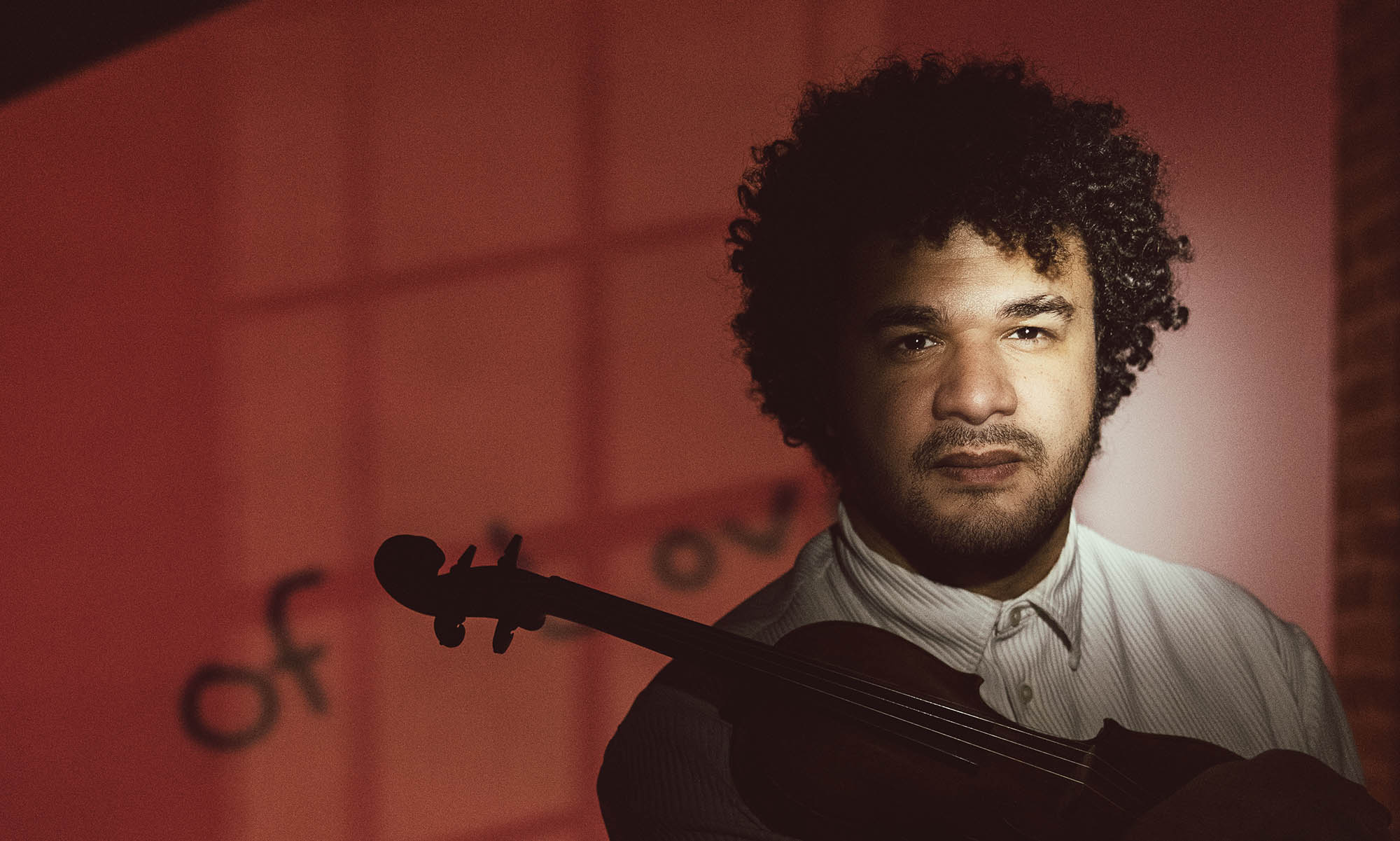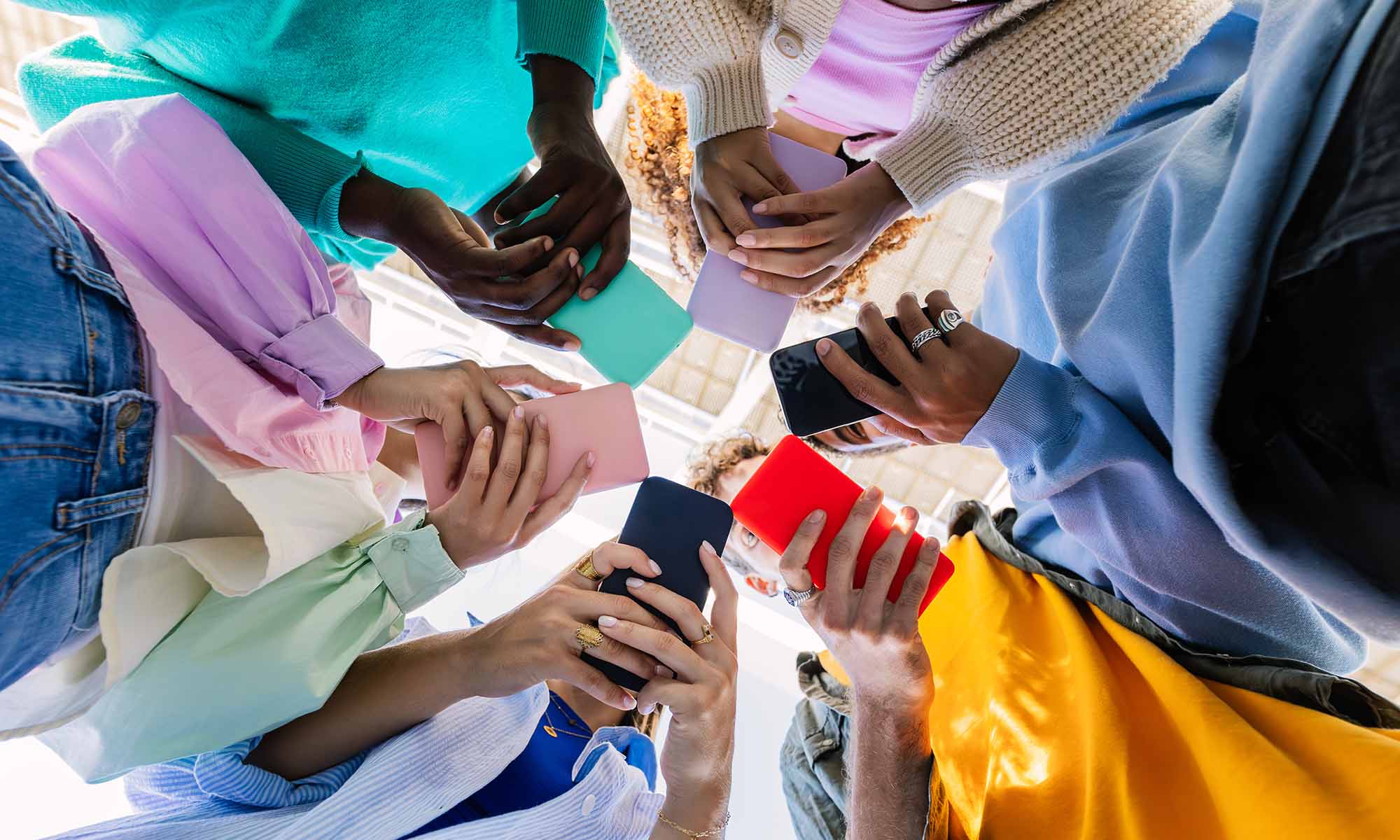
From the Magazine
The class that changed me: Curtis Stewart ’08, ’08E
The Grammy nominee recalls the violin lessons at Eastman that at once terrified and inspired him.

What good is the research university? At the University of Rochester, the answers get ever better.











